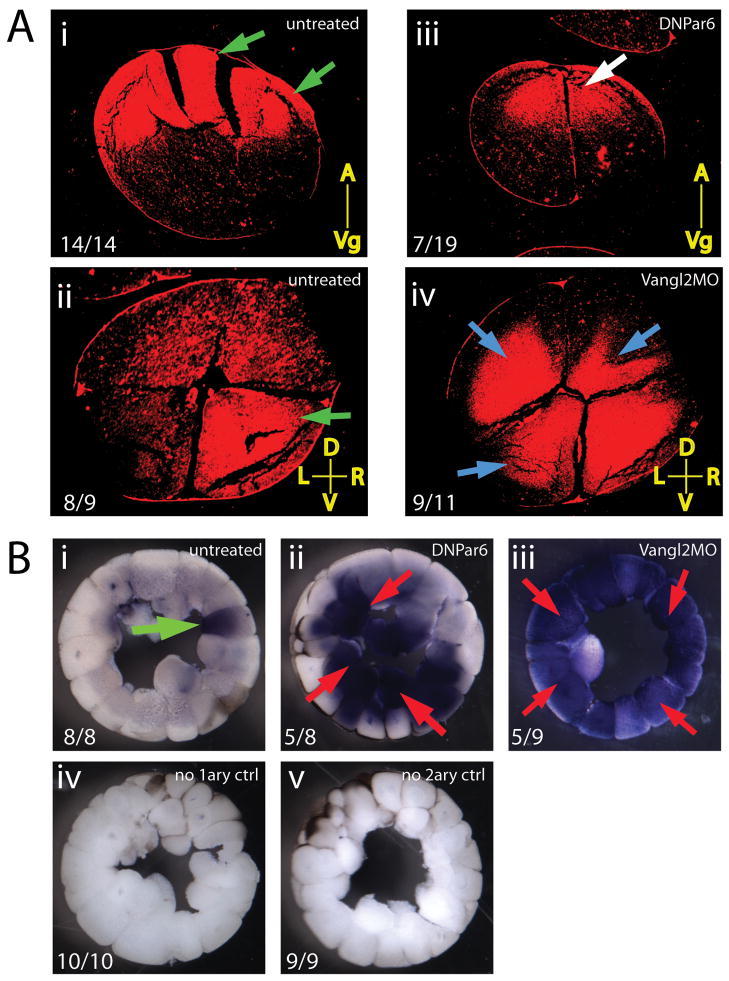Figure 4. Asymmetric protein localization in cleavage stage embryos is affected by DNPar6 and Vangl2MO.
A) Localization of dsh2 protein in 4-cell embryos. A.i) Animal-vegetal sections through uninjected embryos show strong localization of disheveled-2 at the animal-most position (green arrows) in 100% of embryos. A.ii) In 89% of controls, dsh2 was localized strongly to the right ventral blastomere (green arrow). A.iii) In embryos injected with DNPar6, 37% show a shifted localization of dsh2 protein away from the extremes of the animal pole (white arrow). A.iv) Injection of Vangl2MO disrupted the asymmetric localization of dsh2 in 89% of embryos, with abnormal localization in two, three, or all four blastomeres (blue arrows). Numbers on panels indicate the number of embryos observed with the phenotype over the total number of embryos examined. Yellow lines indicate orientation of the sections (A=animal, Vg=vegetal, D=dorsal, V=ventral, L=left, R=right). B) Expression of 5HT in stage 5/6 embryos. Green arrows indicate appropriate expression, red arrows signal inappropriate 5HT localization. B.i) 5HT was localized to a single blastomere in uninjected embryos. B.ii) Injection of DNPar6 caused a mislocalization of 5HT throughout the embryo. B.iii) Similarly, embryos expressing Vangl2MO showed 5HT localized to most blastomeres. B.iv) Embryos treated for immunohistochemistry without primary antibody or B.v) without secondary antibody show no unspecific staining. Numbers on panels indicate the number of embryos observed with the phenotype over the total number of embryos examined.

